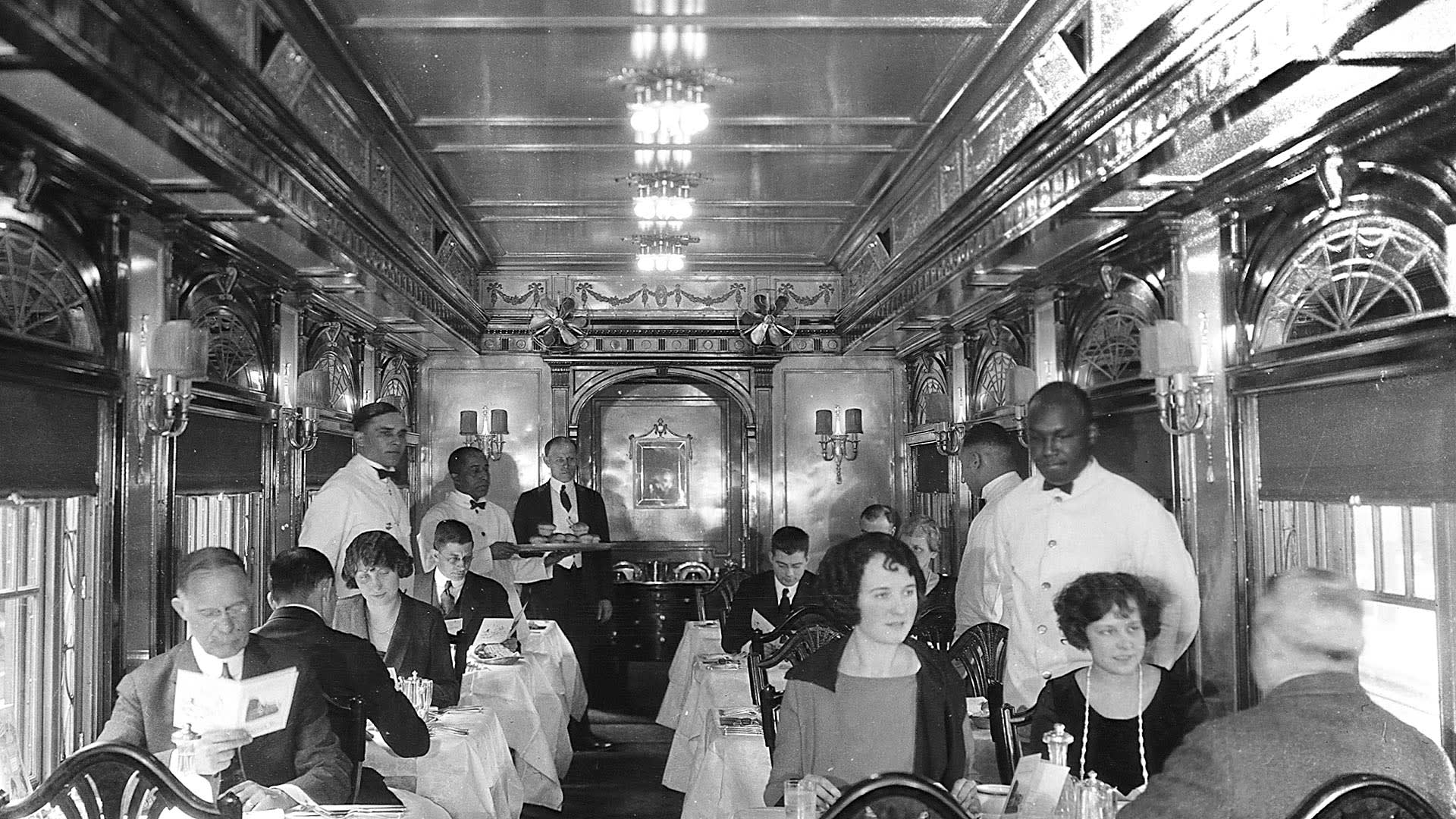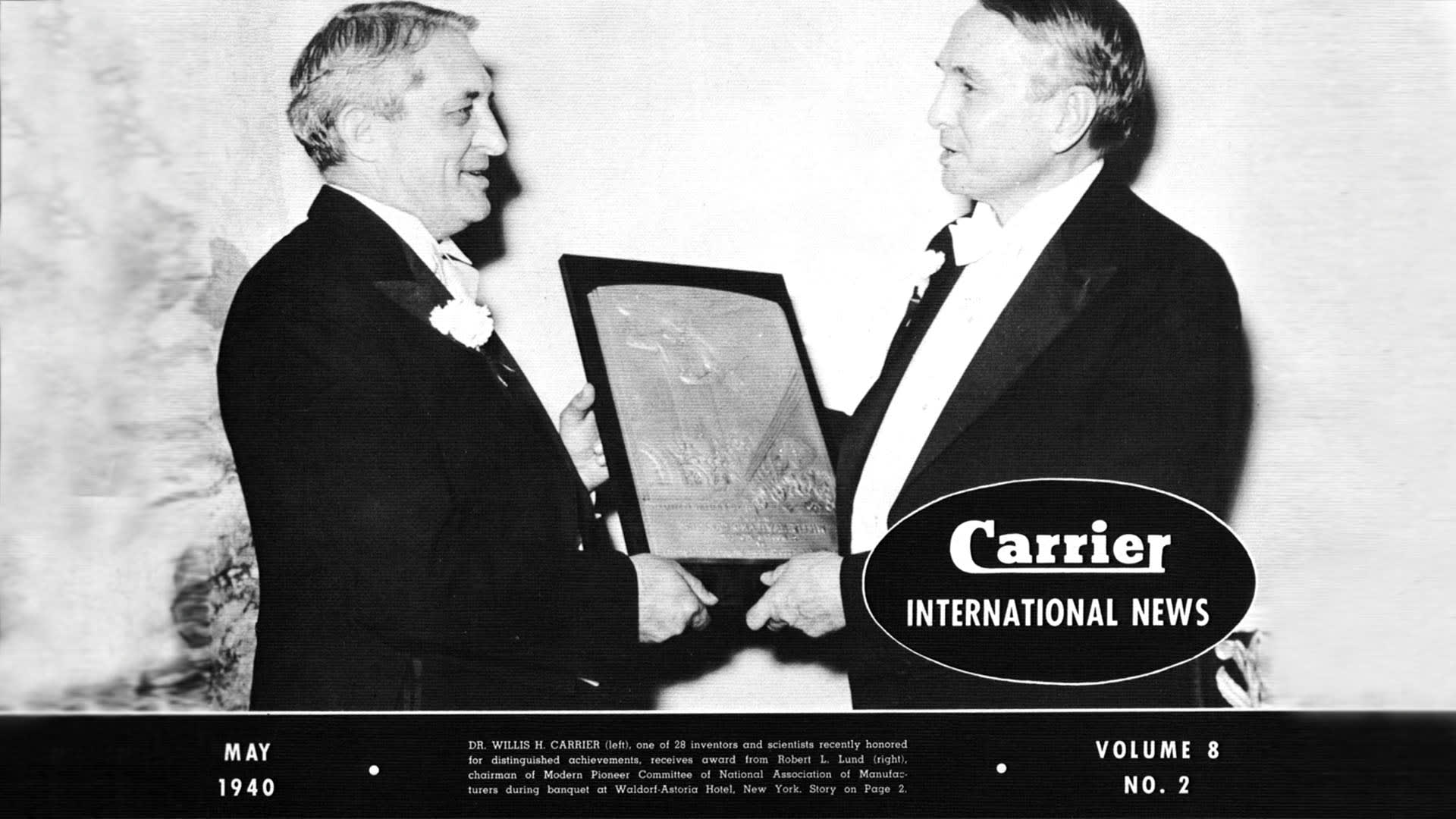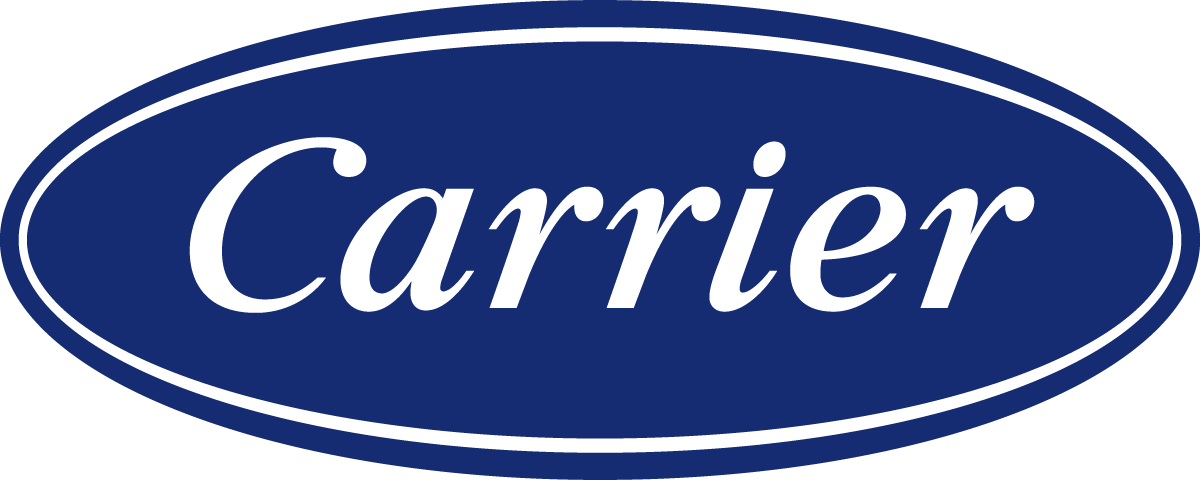One of the vital markets tackled by Willis Carrier was the railroad. In 1929, he began working on a steam ejector refrigerating system that used water as the refrigerant.
“The first demonstration of the possibility of cooling a railway passenger car was made at the Baltimore and Ohio shops in 1929,” Carrier recalled. Then, at a Carrier Corporation open house in 1931, radio commentator Lowell Thomas reported enthusiastically that “A most imposing list of railroad executives journeyed over to Newark, New Jersey, and there … they stepped into an old, obsolete car. Outside it was warm as blazes. Inside the car the temperature was 74, cool and pleasant. And what made it so cool? Why, steam! Yes—hot steam! Scalding hot steam! A new system had been devised for cooling railroad trains.”
This was the nature of Willis Carrier’s genius: In 1903 he realized that water could be used to dry air, and a generation later he recognized that steam could be used to cool water.
Carrier clearly understood the importance of this market segment when he said, "While theatres, department stores and restaurants have undoubtedly played an important part, it is believed that the greatest impetus to public acceptance came through the wholesale adoption of air conditioning by the railroads."
Throughout the decade, Carrier Corporation also made great strides forward in the marine market, equipping ships ranging from the venerable USS Constitution, to large luxury liners like the Queen Mary and Queen Elizabeth. Demonstrating company versatility, another team built a full-sized replica of a food store in the back lot of the Newark plant, dazzling a large contingent of chain-store executives—just as it had railroad executives—with the power of Manufactured Weather. Carrier also entered a third important market, human health, when it air conditioned hospitals in Mexico City and in Cairo, Egypt. Closer to home, the Lenox Hill Hospital in New York City used a Carrier cold diffuser in its cryotherapy room to maintain a constant room temperature during cold temperature treatment of cancer patients. By 1940, the American Medical Association's Council on Physical Therapy accepted Carrier room ventilators equipped with a pollen-type filter and authorized the use of the AMA seal.
In 1931, the new Carrier Corporation demonstrated the logic of its merger by introducing the Atmospheric Cabinet, a room cooler with a fan, cooling coil and filter enclosed in a cabinet, and a refrigerating machine located outside the room.
Showing that it had not forgotten how to think big, however, the company was simultaneously providing air conditioning for one of the greatest groups of modern structures in the world, New York's Rockefeller Center. Two years later it completed an installation at the new home office of the Metropolitan Life Insurance Co. in New York City designed to cool 6,500 people, the largest completely air-conditioned office building in the world.
About this time, Willis Carrier approached Cloud Wampler, a banker in Chicago who managed the building in which Carrier Corporation housed its Midwest offices. The Chief was seeking a reduction in rent, but his conversation also led to Wampler joining the company as a financial advisor. Later, Wampler remembered Carrier's cost-cutting dictums. "We will not do less research and development work," he told me. "We will not discharge the people we have trained, and we will all work for nothing if we have to."
Most remarkable in a decade of hard times, Carrier Corporation's international reach grew spectacularly. Through an ever-expanding network of partners and distributors, the company introduced commercial air conditioning and comfort air to television studios in Moscow and newspaper plants in South Africa, government buildings in Egypt and Norway, and projects in Iraq, China, India, South America and Singapore.
Responding to the emerging residential market, the company had founded subsidiary Carrier-Lyle in 1928, enlisting engineer Margaret Ingels the following year to promote the advantages of Manufactured Weather in the home. By May 1931, 600 Carrier Room Weathermakers had been installed. While bulky by today's standards, the product was still able to advertise itself as "Half the size, half the price, yet double the protection against weather discomfort."
While the company expanded, it paid keen attention to its business practices, laying out its first formal ethics policy in 1932.
Expectations included an emphasis on high-quality research and sound engineering, the use of quality materials and excellent workmanship, and a focus on industrial efficiency and human comfort. Anyone dealing with Carrier, the memo stated, should be offered a "courteous, efficient and square policy."
Expansion of the company and reduction in the size and complexity of its units also meant changes in selling practices. In June 1933, the company adopted a dealer program that was to become central to its future success. Some 30 dealers bought $500,000 worth of Carrier products that first year. By 1947, purchases rose to $15 million, and in 1958, dealers purchased $57 million worth of Carrier air conditioning.





